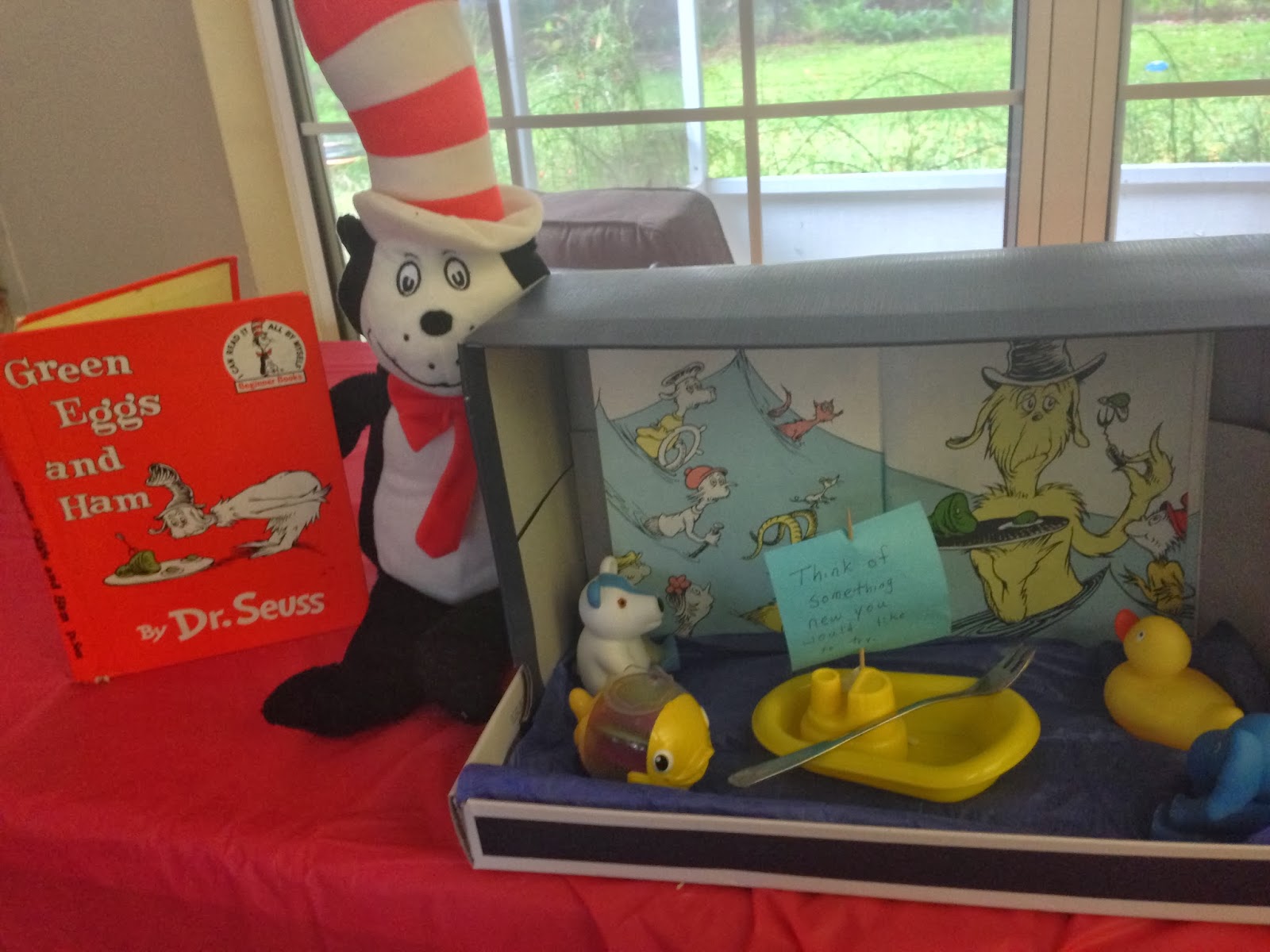During my library visit I observed
a lot more than I expected. On the ends of all of the shelves a sign was posted
with easy-to-understand information about what the shelves held. Some of the
directory signs also noted various assistive technology to help residents, for
example: Spanish materials, audiobooks, cd’s, movies, large print materials,
books on tape and CD, and even a wheel chair near the front entrance.
In the children’s section I saw a
very well decorated story read aloud section, a collection of braille books for
the Blind, Children’s books on tape, cd, and DVD. There were several computers where I saw some
children playing games and other older children doing research or homework.
There was a play area with toys and board books and work tables where I saw
homework being done and coloring pages being colored.
In the adult section of the
library, I saw dozens of computers. Some people were on their Facebook pages,
while others were typing, researching, and likely doing their own assignments.
There was a printer available as well. There were several worktables where some
people spread all of their materials out to organize their work. Many soft
chairs were available and even long couches where people were sat reading,
likely for pleasure. Some residents were browsing the DVDs looking to borrow a
free video for the family (Who needs RedBox?...). While I was there I also used a computer to
use the “card” catalog where I was able to find children’s stories for my
classroom this upcoming week. Lastly, I observed various community resources
which included the following: 1 conference room, 2 meeting rooms, and a rack of
flyers that advertised family events (for “tots” (toddlers), story time for
little ones and the whole family, Read to Rover (geared for elementary readers
to read to a therapy dog), and a teen
coffeehouse and teen/tween survival cooking class.
Below are photographs I took from my visit:
Sign on the end of a shelf: Biography, Audiobooks, VHS and DVD's, Music CD'sSign on the end of a shelf: CD's, Books on Tape, Videos, DVD's
A book from the children's section with "twin vision" which is print on the page with a clear plastic overlay with braille on it.
A shelf from the Children's section with a variety of books in Braille.
The children's read aloud story section.
A wheel chair near the front entrance.
Children's books on tape, DVD, and CD.
Sign on the end of a shelf: New LP, Large Print Fiction, Books on CD.
Area of the library with three separate rooms: 1 Conference room and 2 meeting rooms.
Sign on the end of a shelf: Juvenile- Fiction U-Z and Spanish, Non-Fiction 000-300.
Flyer for February Teen Programs: Teen Coffeehouse, Teen/Tween Survival Cooking class.
Image of a "twin vision" book with print and braille available.























